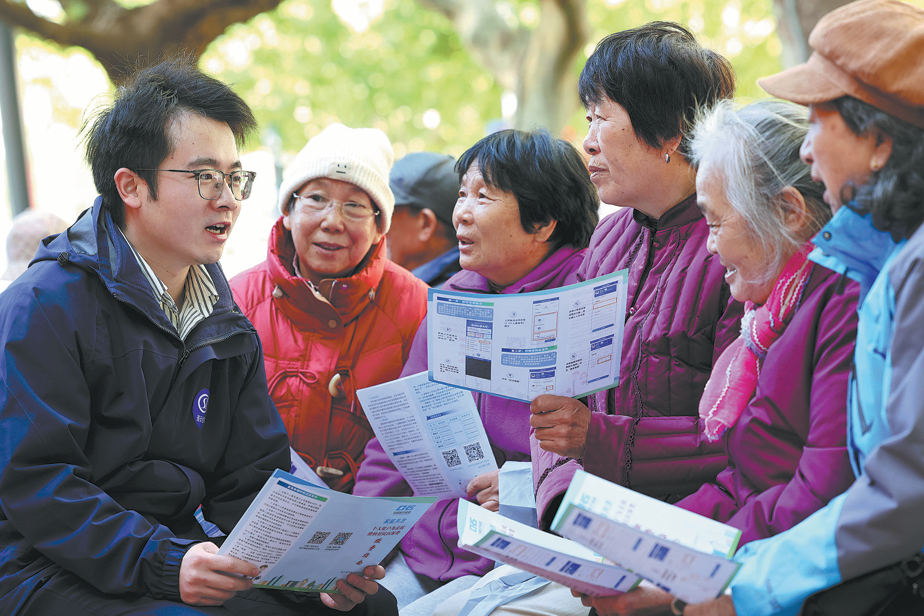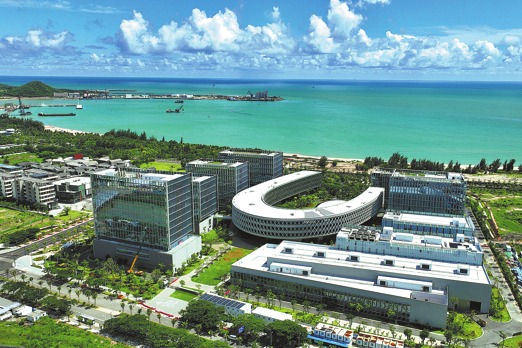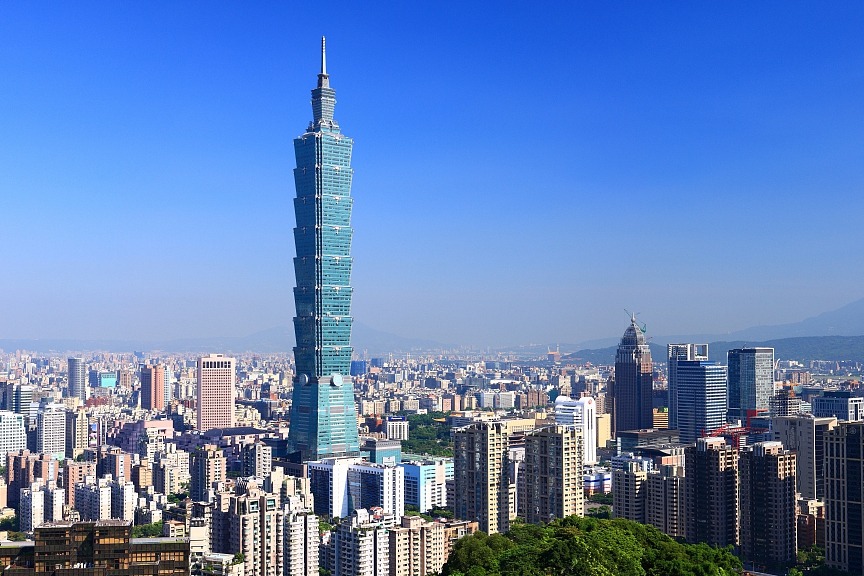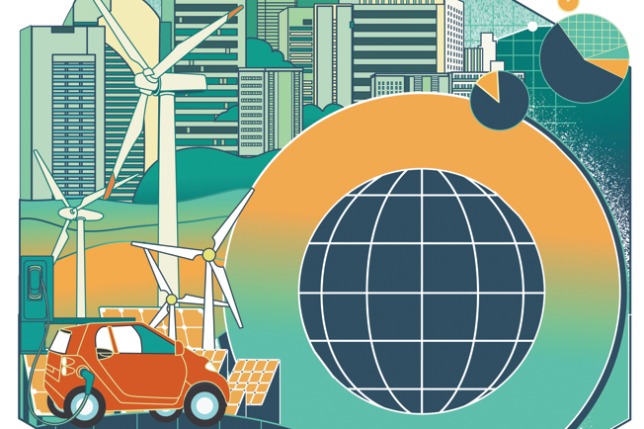Blaming China won't solve America's problems

In retrospect, the first known case in the Wuhan outbreak became noticeably ill on December 12, according to a statement released January 7 by the Wuhan Municipal Health Commission. The discovery of an outbreak and identification of a new virus in a period of less than one month is exceptional, experts said, according to Helen Branswell, Senior Writer on Infectious Disease for STAT. "I am stunned by the timeline and speed of this isolation and characterization, if it's all true," said Matthew Frieman, a coronavirus expert at the University of Maryland School of Medicine.
In his tweet on January 24, President Trump praised China's efforts to control the virus spread: "China has been working very hard to contain the Coronavirus. The United States greatly appreciates their efforts and transparency. It will all work out well." Since then and throughout late January and February, Trump had repeatedly praised China's handling of the outbreak, acknowledging that China was "doing a very professional job" and in touch with WHO and the US CDC.
But as the US led the world in illness and death and when American financial markets shuttered amid fears of a worsened pandemic after crucial weeks squandered by the White House to mitigate the coronavirus outbreak, the Trump administration resorted to a blame game focusing on China.
When the US registered the highest number of reported infections and deaths in the world, the White House and its senior officials began to express doubt over China's data as if a much higher number of Chinese infections and deaths would have made American numbers look nicer to American voters and American leaders take less responsibility for the tolls. That is the key to understanding the shift of the Trump administration's narrative from acknowledging China's transparency and professional work in handling COVID-19 spread to blaming China.
As a matter of fact, China succeeded in "flattening the curve" of coronavirus growth by taking comprehensive and stringent measures, not by distorting the statistics. The Chinese government has time and again stressed the importance of getting the data accurate throughout the fight against the pandemic, and those officials who may not follow the rules of reporting will be held accountable.
Over 100 days, governments and health departments at the national, provincial and municipal levels provided daily updates on the pandemic and related questions, releasing information of both tallies of cases and individual cases so as to increase public awareness of the situation and assist in timely contact tracing. More than 3,000 such press conferences were held during the period. With a cellphone in hand, each Chinese citizen has access to information that may alert them to risks of being physically close to confirmed cases or suspected cases either in their neighborhoods, workplaces or in public transport vehicles. According to the report of the WHO-China Joint Mission on Coronavirus Disease 2019 (COVD-19), released in February, China has a policy of meticulous case and contact identification for COVID-19. For example, in Wuhan more than 1800 teams of epidemiologists, with a minimum of 5 people/team, were tracing tens of thousands of contacts a day. Contact follow up is painstaking but necessary. Nearly 4 million urban and rural community workers joined the fight against the outbreak and tried to keep COVID-19 away from 650,000 communities in China. Timely and accurate data on the pandemic is what they need for the fight.
Under these circumstances, any cover-up or deliberate underreporting of COVID-19 cases or the scale of the outbreak in China is beyond imagination. No one in the world is more willing and eager than the Chinese government and people to have a clear understanding of the scale, the nature and the infectiousness of the virus in the country.
One of the lessons learned so far on COVID-19 is that the earlier you act, the easier you can control the disease. So, what if China acted swiftly, proactively, decisively and comprehensively earlier than it did, say back in early January or even late December 2019? That is exactly what many people have been wondering and what has prompted some people to question China's "delay". That is also the logic used by some American politicians to shift blame to China.


































